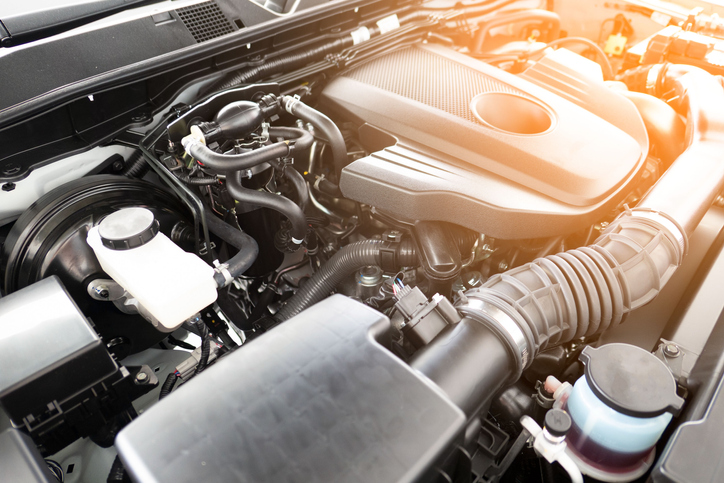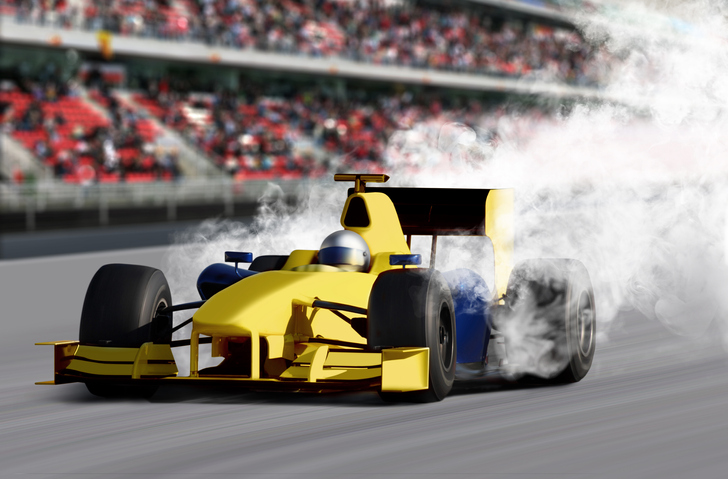Thinking About Car Mechanic Training? Find Out Whether Front or Rear Engines Are Better

If you’re a car fanatic, you are likely aware of the different engine configurations available—but do you know which one is the best?
Turns out the question is easier to ask than to answer, as each engine has its pros and cons. Whether you’re looking for speed, safety, or something in between, the ideal engine type differs. But if you’re an aspiring car mechanic, it’s important to know the differences between these engines as well as which circumstances they best suit.
If you’re looking to learn more about how car engines work, read on to discover the advantages and disadvantages of front and rear engines!
Front Engines Explained for Those in Car Mechanic Training
As the most widely used engine configuration, a front-engine vehicle has its engine under its front hood and above its front wheels. Front-wheel drive (FWD) is the most popular transmission layout for front-engine vehicles, as it maximizes traction by keeping the engine and wheels close together. As a result, these vehicles are easy to operate—which makes them the most common type of car on the market.

On the flipside, when a front-engine vehicle accelerates, weight shifts to the rear end of the car. As those in CATI school may know, this makes a vehicle susceptible to understeer, which is when steering sensitivity decreases.
However, rear-wheel drive (RWD) cars with frontengines are less prone to understeer than FWD vehicles—but keep in mind that they don’t fare as well in slippery conditions because there is less weight on top of the driving wheels, thereby decreasing traction.
What CATI School Students Need to Know about Rear Engines
While front engines are commonly found in consumer vehicles, rear-engine placement is mainly associated with race cars. Whereas front-engine vehicles may falter when accelerating to high speeds, rear engines can accelerate quickly and safely as they provide extra power and traction to a car’s back wheels.
However, those with auto methanic certification may know that having an engine in the back of a vehicledoes have its drawbacks. In this configuration, the engine practically hangs off the back of a vehicle as it is mounted beyond the wheels. As a result, the weight at the back of a car is propelled towards the front. While this is great for acceleration, it makes rear-engine vehicles prone to oversteer, which is when steering becomes ultra-sensitive. As a result, drivers of rear-engine vehicles must have additional automotive experience in order to safely control these vehicles.

Front vs. Rear Engines: The Verdict
Discerning whether a front or rear engine is better for a vehicle is dependent on the type of car, its intended use, as well as its driver. For those who want a powerful vehicle that can reach high speeds quickly, a rear-engine vehicle is the best fit. For the average consumer, however, a front-engine vehicle is sufficient.
For those looking for a vehicle that provides both speed and stability, there are also mid-engine vehicles that offer the best of both worlds. Just make sure not to let a mid-engine vehicle spin out because with no weight on the front or rear wheels, they can be difficult to control in these circumstances.
Considering car mechanic training?
Contact CATI today!
